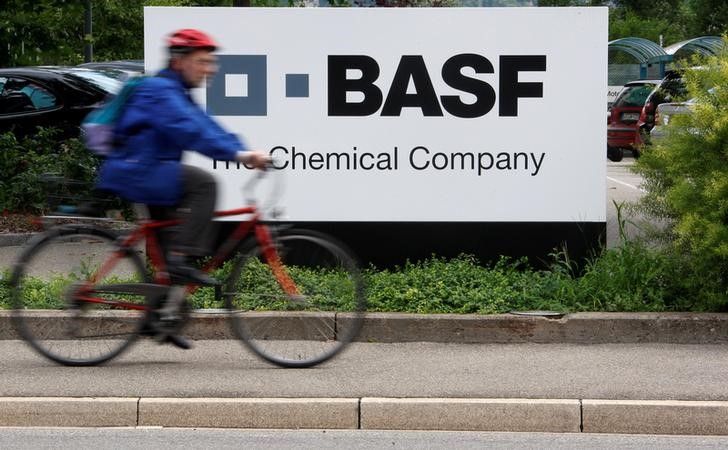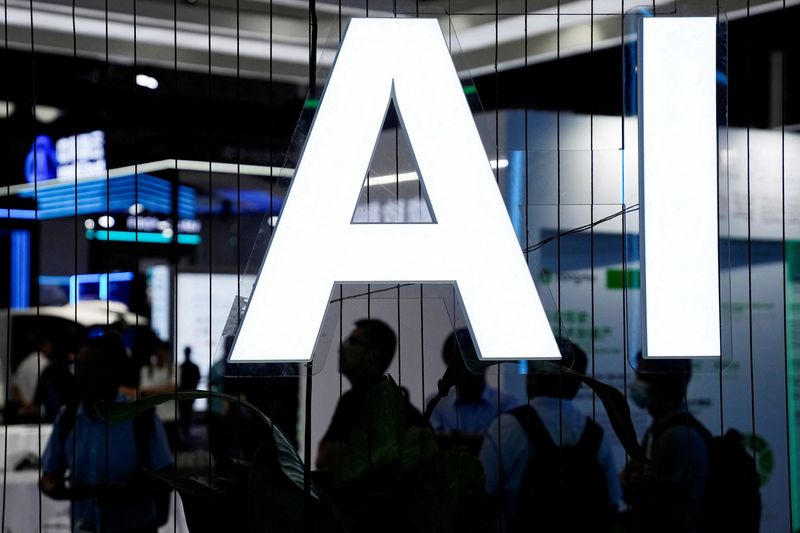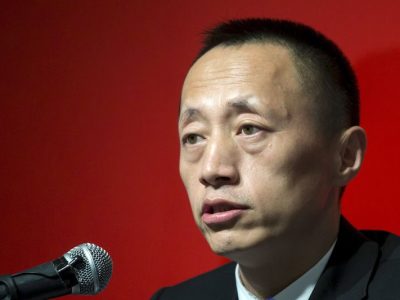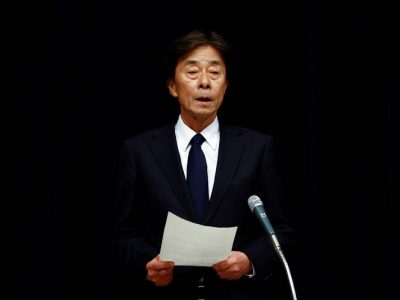
By David Kirton
SHENZHEN, China (Reuters) – Huawei and Apple’s latest smartphones go on sale in China on Friday, with the Chinese tech company’s much-anticipated $2,800 tri-foldable phone offered at more than twice the price of the iPhone 16 Pro Max.
However, analysts warn that supply chain constraints could leave many buyers of Huawei Technologies’ Mate XT empty-handed.
The launch of the Mate XT, which analysts say has a locally-made chipset, underscores Huawei’s ability to navigate U.S. sanctions and solidifies its position against Apple (NASDAQ:AAPL) in China, where some consumers criticised the new iPhone 16 for its lack of AI features in the country.
Huawei unveiled the Mate XT to much fanfare this month, with executive director Richard Yu saying the company had turned “science fiction into reality” with the device that folds three ways like an accordion door.
Pre-orders have surpassed 6.5 million so far, almost double the roughly 3.9 million foldable smartphones shipped worldwide in the second quarter of this year, according to consultancy IDC, although “pre-ordering” does not require consumers to put down a deposit.
While the Mate XT shows Huawei’s innovation in the premium segment, sales may fall short of its bi-folding predecessor, the Mate X5, which still retails for 11,500 yuan ($1,630) and has sold 2.2 million units in total as of the second quarter, said Amber Liu, an analyst with research firm Canalys.
Though both are premium foldable flagships of Huawei, Mate XT and Mate X5 differ in value proposition, specifications and price, Liu said.
“It’s challenging for the Mate XT to replicate the volume of the Mate X5, but Mate XT marks a significant breakthrough and evolution in all these aspects.”
The Mate XT is equipped with the same Kirin 9010 5G processor it used for the Pura 70 smartphone series it launched in April, in a smartphone seen as notable for pushing back against U.S. technology curbs, said Lori Chang, a senior analyst with Isaiah Research.
Yet with production yield issues still a problem, in addition to high production costs across its supply chain, Huawei may only be able to produce 500,000 units initially, Chang said.
Based on recent checks, she said key components of the Huawei Mate XT, including the panel, cover glass, and hinges, may be facing production yield issues.
“There will be challenges to fully meet the number of pre-orders now,” said Will Wong, a senior researcher with consultancy IDC. “Nevertheless, it isn’t a bad thing as it could create a great hunger marketing effect for the brand.”
($1 = 7.0625 Chinese yuan renminbi)












